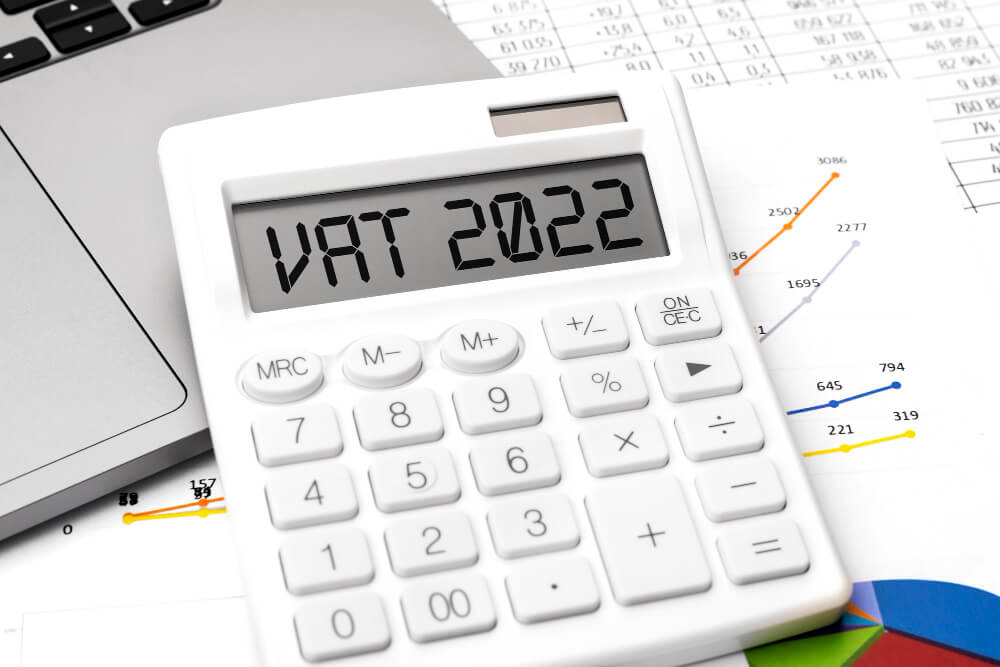Research and Development (R&D) tax allowance is essential for companies to conduct creative initiatives and have qualifying R&D costs. These credits can offset the costs related to R&D endeavours, assisting businesses to invest more in innovation and growth.
However, claiming R&D tax credits can be complex, and multiple obstacles can jeopardise your claim.
This blog post looks into the common mistakes in R&D tax credit claims and provides advice on how to avoid them.
15 mistakes that businesses make while claiming R&D tax allowance
1. Not claiming at all
It’s essential to check if you meet the minimum requirements to make a claim. Often, businesses fail to understand that they can claim R&D tax credits and thus fail to submit a claim.

To be applicable, your company should be actively making expenditures to create new products or services- or improving existing ones. The first mistake entrepreneurs make is staying unaware that they are entitled to such benefits.
2. Inaccurate cost estimation
Calculating eligible costs for R&D tax relief can be challenging, and errors can result in false claims. SMEs frequently need to pay more attention to the expenditures related to their initiatives, either by including ineligible costs or by leaving out eligible ones.
HMRC lists which expenses are qualified to be claimed on their official website. Working closely with your accounting staff or R&D advisor ensures you precisely estimate qualifying costs for every initiative.
3. Not claiming under the suitable scheme
The R&D Tax Credits scheme has been divided into two distinct branches: the SME scheme and the RDEC scheme for larger businesses.
Before making a claim, it’s vital to know which of these branches your company comes under. HMRC considers a larger business to have over 500 employees and an annual revenue of more than €100 million or a balance sheet above €86 million.
If a business doesn’t meet these requirements, it’s classified as an SME and should generally use the SME branch of the initiatives.
Stay tuned, though, as recent budgets have many changes affecting R&D claims.
4. Incomplete accounting for workers outside of the business
Some businesses undergo all their research and development initiatives internally using their staff members, but many others need work done by external parties.
When making a research and development tax credits claim, accounting for this is complicated, but you must get it right. Something as minor as IP ownership and clauses around the future use of any IP might eliminate an entire R&D claim.
Tackling this correctly in the initial phases of a claim can ensure research and development claims are maximised, especially with RDEC, where subcontractor restrictions exist.
5. Failing to pre-notify HMRC or fill out the additional information form
HMRC recently implemented two new procedures which must be completed for all R&D tax credit claims.
- First, based on when the claim period started and if you’ve claimed before, you might have to provide prenotification for your claim.
- Also, every claim from the 8th of August, 2023, must be accompanied by an Additional Information Form.
Any claims failing to account for these items adequately will be refused.
6. Not maintaining accurate records
Claims for research and development tax credits can be made up to two years after the end of an accounting period.
However, like every accounting task, precision in your record-keeping is essential. Well-maintained documents not only allow you to make a fully optimised claim with nothing missed, but they additionally assist you in answering any queries HMRC comes back with.
The more details you have available, the easier the claims procedure will be.
In addition to accounts, you should have access to things like project planning information, weekly production plans, technical requirements, CAD drawings and modifications, and any software architecture records.
7. No account is taken of subsidies or Notified State Aid
A business receiving any form of Notified State Aid for an endeavour cannot claim SME assistance for that project at any time.
This will have an enormous impact on the sum of relief available. Though not as much, other subsidies than Notified State Aid will also affect the claim.
Establishing whether an organisation has received any grants or subsidies, and if these are Notified State Aid, is addressed early in the work, as businesses must be aware of the effect this can have on a claim.
8. Failure to understand HMRC regulations
One of the most common errors while asking for R&D tax credits is failing to follow HMRC’s regulations and rules.
Before starting the process, you should learn the basic principles of R&D tax claims, even if you require assistance understanding the HMRC recommendations.
A fundamental familiarity with the tax credit system and accessible deductions will get you well on your way.
9. Lack of participation in claim filing
The company must make a claim to participate in and own the procedure. If HMRC has doubts or questions regarding a claim, especially related to qualified professionals and their participation in projects, it’s important that the claim is prepared with the complete understanding and agreement of the claimant company at each stage.
Failing to include the claimant company and ensuring their participation in the process could result in significant complications.
So ensure you give sufficient information to your accountant in this respect and are part of the planning of the claim.
Most advisors make the standard error of not involving claimant businesses. Therefore, you must work with an experienced R&D expert filer who requests every pertinent inquiry.
10. Not comprehending which parts of an initiative can be included in a claim
The entire initiative expenses cannot be included in a claim, only the R&D elements.
The guidance is evident that the only costs that can be stated are those associated with solving technical uncertainties.
This implies that you can only claim project expenses once all technological unpredictability has been identified or costs incurred after the uncertainties have been resolved.
11. Not providing a technical narrative
You don’t have to write a report on technical subjects for every R&D activity. Still, it would help if you tried to offer technical information on at least 50% of the research and development expenses being incurred.
The amount of detail you need to provide depends upon how much you’re claiming – the more money you’re claiming, the more information you’ll need to include.
If more technical knowledge is required, HMRC may open an inquiry into your previous claims, so getting this right is essential!
12. Not claiming for a loss
You might think that claiming for R&D tax breaks applies only to companies making a profit. If so, you’re among those making one of the most typical errors in making a claim. Businesses making a loss can reclaim the associated expenses irrespective of whether the R&D work was completed successfully.
The plan has been set up to reward businesses that ‘seek to advance in overall understanding or the ability in a field of technology or science through the resolution of scientific or scientific uncertainty’, so even if you have a loss, your investment should be rewarded.
13. Delaying claim submission
Procrastination in sending R&D tax claims can harm companies seeking to capitalise on available relief. Timely submission is essential for multiple reasons.
Firstly, it ensures that companies can promptly access the financial benefits of research and development tax allowances, offering critical support for ongoing creative endeavours. Furthermore, prompt submission minimises the chance of missing out on possible tax benefits by adhering to regulatory deadlines.
14. Overlooking small or routine improvements
A prevalent problem in R&D tax claims is underestimating the importance of minor or routine enhancements.
Companies might need to pay more attention to the possible eligibility of minor modifications, considering they do not meet the criteria for significant innovation.
However, even these modest developments, when focused on addressing scientific uncertainties, can qualify for R&D tax relief.
15. Ignoring grants and subsidies impact
The impact of external financing avenues, like grants or subsidies, on R&D claims is a complex consideration often neglected. Companies must carefully assess how these external financial injections affect their eligibility for R&D tax relief. Failing or misunderstanding this effect can lead to differences in claims.

Final thoughts
Submitting an R&D Tax allowance claim can be challenging for many businesses.
Therefore, it is recommended that you comprehend the R&D tax schemes and other complexities. It offers substantial revenue advantages to companies undertaking research and development operations.
It is essential to know the common mistakes while claiming R&D tax credits. Failing to do so can result in errors that may result in a lack of tax credits.











